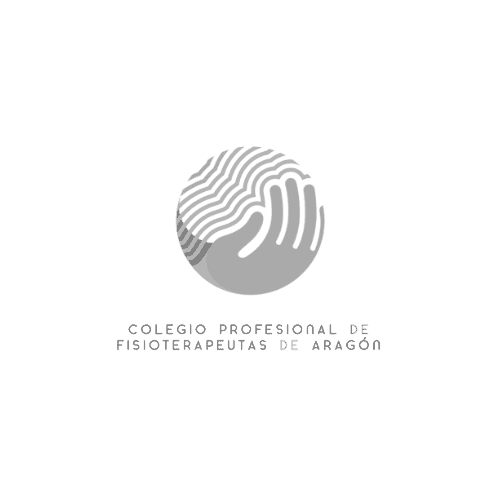Pain and loss of function can be distressing and frequently has a major impact on your quality of life. More delicate and awkward process when it’s within your pelvis. There are a lot of myths on the Internet, but we base our information on the best research.
1. It is never normal to leak!
Leaking when you Jump! Laugh! Run! Cough! There is help for it. Specific pelvic muscle strengthening and/or bladder re-education can help you get back to life- dry and confident.
2. Kegels- do they live up to the hype?
A healthy muscle is one that is strong when you need it to be and can relax when its not needed. Like any muscle the pelvic floor can get weak and deconditioned if you are inactive, sedentary, and run down or it can get tense if you are stressed out and find it hard to relax. Both of these situations can be related to a loss of healthy bladder and or bowel function. When the pelvic muscles are weak, strengthening them is a good idea. They will get stronger with a well-designed program. If the pelvic floor is tense and contracted, but has forgotten how to relax – learning how to relax comes first, and then get to strengthening and control.
3. Breathing matters
Sometimes the control of the diaphragm (your breathing muscle) gets a bit confused when we try to control the pelvic floor. There are different theories on how to breathe – but the truth is that relaxed breathing, independent of the pelvic floor, is healthy.
4. Your pelvic pain is not because you are out of alignment
These are old beliefs that are not based on evidence. To put your spine or pelvis out of place or dislocate it would involve severe trauma. Your muscles may tense up making you feel lopsided. This is common but not dangerous. Relaxing these muscles normalizes this feeling. Your structures are really strong and the evidence says they don’t go out of place.
5. There is no perfect posture!
The best evidence says postural variability is healthy. That means moving into a lot of different postures are good for you and your pelvis. So it’s safe when you sit to relax, slouch, cross your legs as well as sit up. It’s also safe to wear high heels and tight jeans if you like. Just make sure you take regular breaks from being sedentary and keep physically active.
6. It is safe to exercise!
Be active and get your heart rate up in a way that feels good! Exercise of any sort is not necessarily bad for your pelvic floor, your sex life, or your lower back. If you find certain movements or activities aggravate your symptoms, try readjusting them and relaxing and if in doubt check with a qualified professional like a physical therapist – but always keep moving!
7. Your pudendal nerve might not be the cause of your pelvic pain
The pudendal nerve gets blamed for a lot of persistent pelvic pain without having been specifically diagnosed. Pelvic pain is complex and often appears when things get out of balance in our lives or at times of major change. For example it is linked to many things like a history of trauma, stress, low mood, poor sleep, fatigue, inactivity and over activity. This can result in complex changes in the nervous system making our structures feel more sensitive. The pudendal nerve may also become sensitive at these times but this doesn’t mean it is damaged and needs surgery, injections or pain producing techniques. The best ways to control pain are linked to controlling the basic parts of a healthy lifestyle, such as stress, tension, mood, sleep and activity levels.
8. Your connective tissue probably isn’t the problem, either
Fascia, or the connective tissue that surrounds muscle, is sometimes named as the cause of stiffness. It is more likely the muscles being stiff, and this is good news! Generalized muscle stiffness may cause feelings of tightness or tension in your pelvic floor. It’s true that to feel good you need to be flexible, fluid and confident. A good general massage, help with movement and mobility from a physical therapist, dancing, even a walk can help restore your mobility. Choose options that feel good, there is no need to hurt in your efforts to get better!
9. You can get your life back
You may have heard that once you’ve had pelvic pain that you can never go back to having enjoyable sex, have kids, riding bicycles, or exercising without pain. While you are learning to manage your pain, some activities may cause a temporary discomfort. The key is not to worry too much about this. Pain does not mean you are doing harm. Your health care team can work with you to minimize these times of discomfort. Getting your life back is the most important thing you can do for pain.
10. Pregnancy is normal and healthy– don’t fear it
Some discomfort during pregnancy is normal, but it doesn’t need to be distressing or disabling. There is no evidence that being pregnant or having a natural birth is dangerous for your back or pelvis, even when it hurts. Pregnancy does not “ruin” the pelvic floor, cause prolapse later in life, or cause pain that won’t go away. Staying active during pregnancy is important and protective. The American College of Sports Medicine and the American College of Obstetricians and Gynecologists both recommend that pregnant women who are already exercising regularly should continue to do so, and those who are not should begin an exercise program. Exercise during pregnancy may decrease the risk of gestational diabetes and preeclampsia, and may decrease the duration of labor and risk of necessary Cesarean section. Pregnancy is a lot of things, but a life sentence of dysfunction or loss of the things you love is not one of them!
The above article has been written by Sandy Hilton, Christa Trumbull and Peter O´Sullivan.
Spanish version







